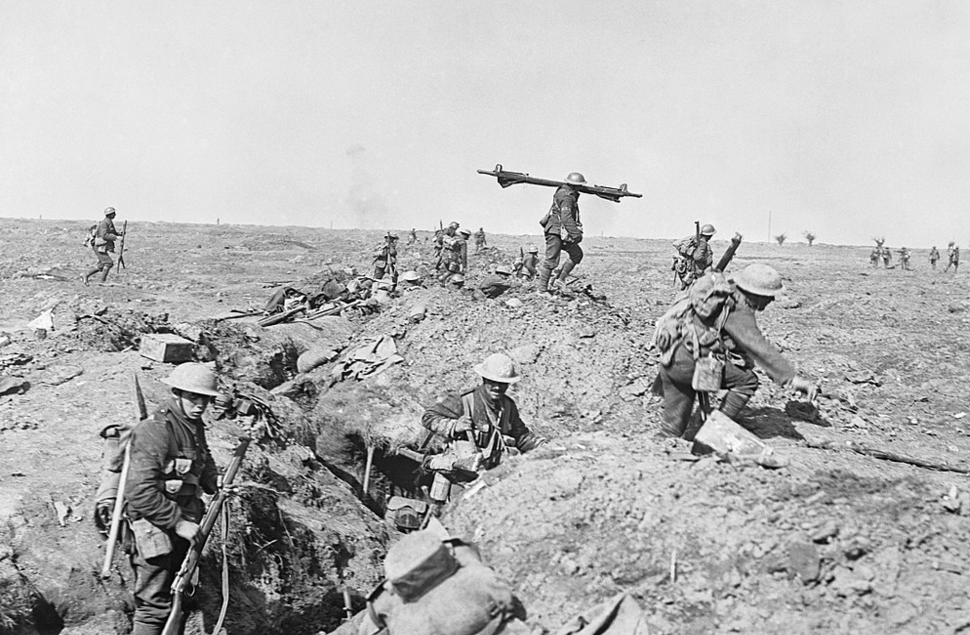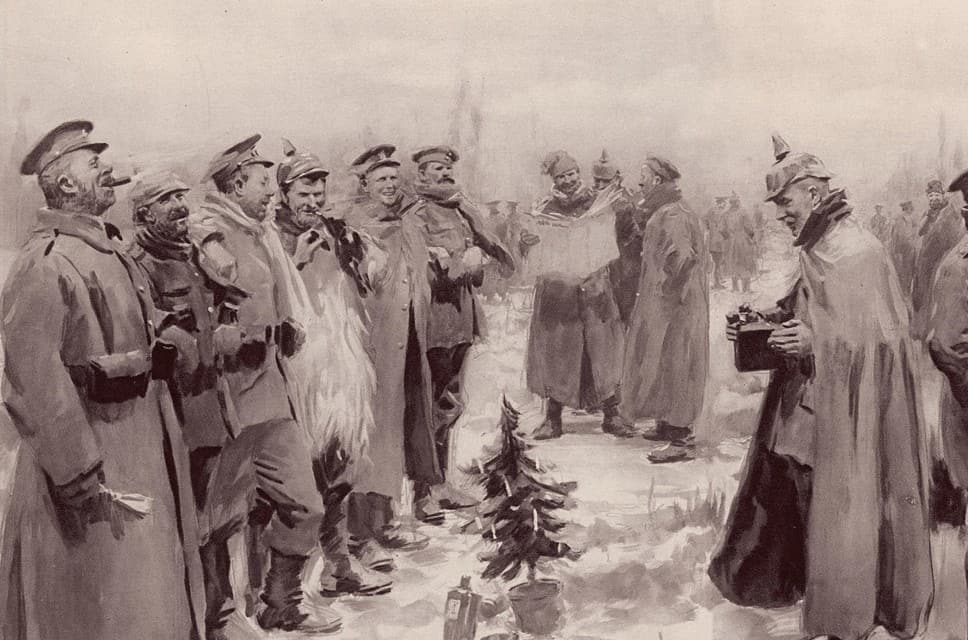When we think of World War I, the last thing you might think about is Christmas. But in December of 1914, soldiers proved that even in the darkest times, the holiday spirit can brighten almost any mood. Men who go to war do not always hate their enemy. Or, they are not even sure what they are fighting for. Most of the time, soldiers are acting on behalf of the wishes of their kings and politicians, and not because they have some kind of personal vendetta.
The power of holiday cheer has never been illustrated so clearly as the Christmas Truce of 1914. For one night, French, German, and British soldiers put down their weapons and had a last-minute party together with the men across enemy lines to exchange gifts, sing carols, and even play a football match. The Christmas Spirit was never as strong as it had been that night, and has gone down in history as being one of the greatest memories of The Great War.

German and British Soldiers Battled on the Western Front
In December of 1914, soldiers had been battling since July. Even though it had only been a few months, they had expected World War I to already be over. They would have no idea that the war would rage on for another 4 more years. Soldiers were still required to do their duty, but they didn’t exactly feel motivated to kill one another anymore. French, German, and British soldiers were not fighting against people they considered to be terrorists, and the Nazi party wasn’t trying to take over the world until the second world war. In a lot of ways, men weren’t even really sure why they were fighting one another in the first place. Both sides were told that they were fighting for “freedom”, but many were misinformed through propaganda.
After months of fighting, the troops decided to have a “live and let live” attitude to battling. Soldiers on the Western Front treated one another with dignity, and treated battle like they were just showing up to clock into a 9-5 job. They got into a routine of allowing both sides to take breaks for lunch at the same time before resuming firing at one another. There were also regular breaks that both sides took to bury their dead, and they respectfully looked the other way, knowing that they might be the ones who needed to bury their own brothers soon.
Life in the trenches was beyond awful, especially in the winter time. Even without fighting one another, they were fighting against nature to stay alive. They were dug so close to the water table, that they would often fill up with water, and the ground became like quicksand. Sometimes, the trench would collapse and kill men in a mini mudslide. There were plenty of days when it was just too difficult to survive in the cold and stay alive, and they couldn’t even fight each other. Even on days with good weather, they often had to rebuild their trenches, and couldn’t fight anyway. So, in the month leading up to Christmas, there truly was not much fighting going on, anyway.

The British Women’s Suffragists contacted the Pope, and wanted to arrange for a 20-day ceasefire so that the soldiers could come home for the holidays. However, the generals did not give in, and there were plenty of people on the home front that were far more cynical about taking a break from war for the holidays. An American newspaper called The New Republic wrote this about the idea of an armistice; “Incense and tinsel will heal no wounds. It would be so empty, that it jeers at us.”

